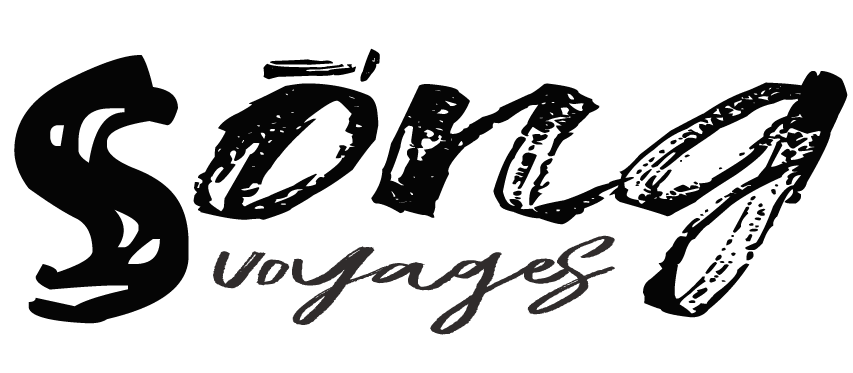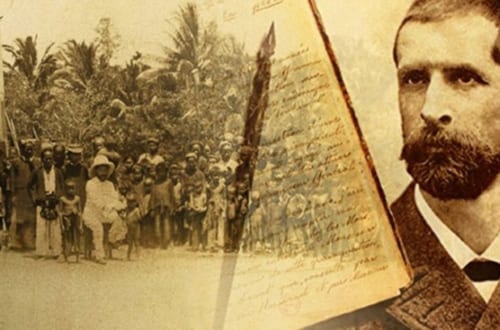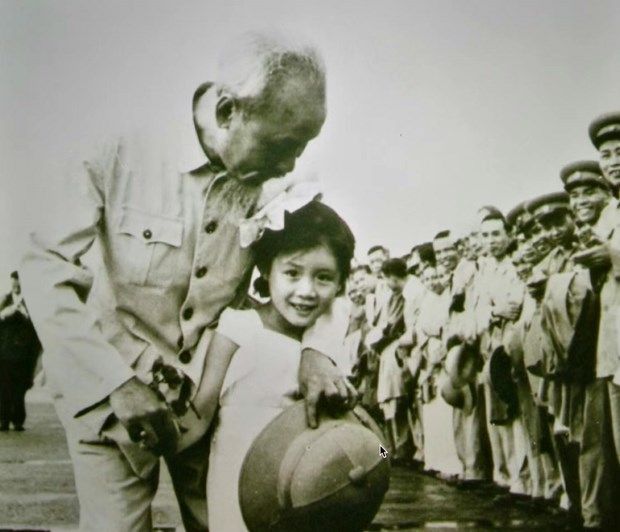
From Nguyen Ai Quoc to Ho Chi Minh > his journey
Table of contents
His image is represented everywhere in the country, in public places, schools, in homes, in cities and in the countryside. Temples are dedicated to him… A great figure of nationalism, he is the symbol of Vietnam’s struggle for independence against Western imperialism. I want to talk about Uncle Ho, about Ho Chi Minh and his journey !
The origins and journey of Ho Chi Minh
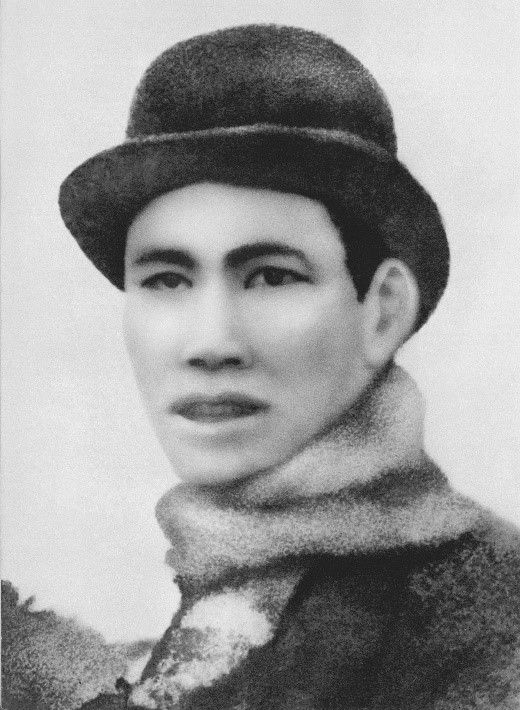
From his real name Nguyên Sinh Cung, Ho Chi Minh was born on May 19, 1890 in the village of Hoang Tru , about fifteen kilometers west of the city of Vinh, commune of Kim Lien, district of Nam Dan, Province from Nghe An, in a Confucian family. From an early age, he absorbed the influence of progressive patriotic ideology. He follows a traditional apprenticeship, based on the teaching of Sino-Vietnamese characters. And has certainly obtained the Franco-Indigenous primary school certificate. In accordance with Confucian tradition, he was renamed by his father around the age of ten. This one gives him the name of Nguyen Tat Thanh – “Nguyen great hopes”). After studying in Hue, he becomes a teacher. He travels in the three kỳ (Annam, Tonkin, Cochinchina), perfecting his knowledge of Vietnam.
The trips of Ho Chi Minh
On June 5, 1911 Nguyen Tat Thanh embarked in Saigon on the liner Admiral Latouche-Tréville. He will disembark in Marseilles with only ten francs in his pocket. Then go to Le Havre with the aim of taking a ship to cross the Atlantic. In Le Havre, he worked in the suburbs of the city as a gardener under the pseudonym of Van Ba. Before obtaining a position as cook for the officers of a French liner.
He will visit between 1911 and 1913 not only France, but also West Africa and the USA. Whatever his destination, he always goes to meet his Vietnamese compatriots and demonstrates a real ease in learning languages. He becomes a true cosmopolitan, without ever forgetting his Vietnamese roots. He will then put his luggage in London between 1914 and 1919 ( where he will be in turn road cleaner and room driver before working in the kitchens of the Carlton hotel). Then head to Paris.
The fights
He joined the French Communist Party in 1921, met Vietnamese nationalist emigrants wishing to emancipate themselves from France and appropriated the pseudonym of Nguyen Ai. Later, he joined Moscow where he followed the formation of the Komintern. Which enabled him, thanks to the Chinese Communist Party, to create networks in Vietnam. He will then go to China, where he organizes a revolutionary movement made up of exiled Vietnamese. A movement which will become in 1930 the Indochinese Communist Party.
He returned to Vietnam in 1941. He took the name of Ho Chi Minh “the one who enlightens” and founded the Vietminh – or League for the independence of Vietnam – with the very clear goal of fighting the French colonists but also repelling the invader. Japanese. A Provisional Government of Vietnam was founded in 1943 and he took over the leadership. Taking advantage of the surrender of the Japanese at the end of the Second World War and the inability of the French to regain power, Ho Chi Minh declared the independence of his country on September 2, 1945. But in 1946, the failure of negotiations with France led to the Indochina War. Which lasted from 1946 to 1954, and which ended with the victory of the Vietnamese at Dien Bien Phu.
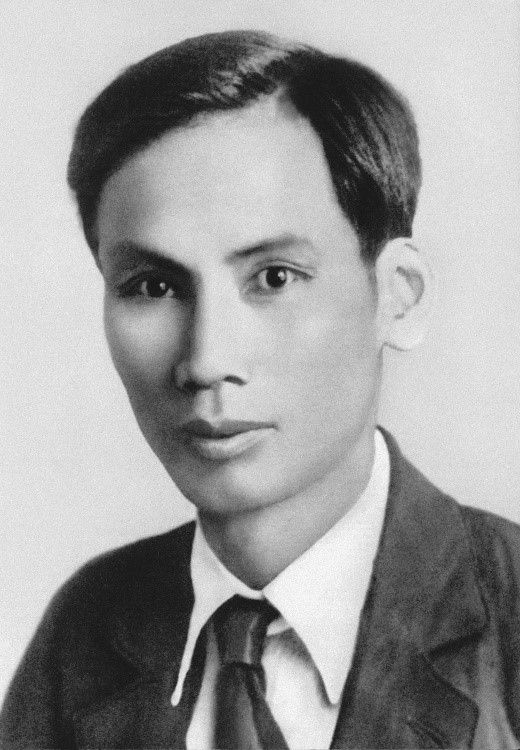
The last years of Ho Chi Minh
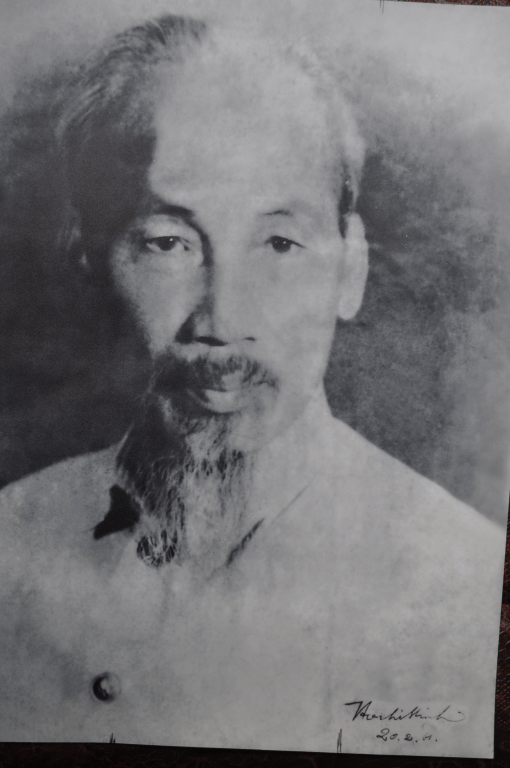
Between the war in Indochina and the war against the Americans, the figure of Ho Chi Minh is more than ever a central reference in Vietnamese political culture. Head of State, Secretary General then President of the Party, he ensured the cohesion and exceptional stability of the leading group. A decisive actor, he thinks and assumes the international dimension of the future of the nation, promoting pragmatism against utopian dogmatism.
His vision of the nation is humanistic and moral, based on work, sharing and equality. In 1960, he supported the creation of the National Front for the Liberation of South Việt Nam, which very quickly took the nickname of ” Việt Nam”. Cộng ” (contraction of “ Việt Nam Cộng Sản ”, or “Vietnamese communists” in the language of Paul Eluard). In 1963, however, the leadership of the Communist Party of North Vietnam experienced a change of direction, with the arrival of Le Duan and Le Duc Tho . Supporters of a hard, they will end up putting Ho Chi Minh aside .
At the end of the negotiations in Geneva, it was decided that Vietnam would be divided in two, the North returning to the Viet-Minh, led by Hô Chi Minh and the South by Ngô Dinh Diêm , with the support of the Americans. In the process, Laos and Cambodia became independent and will be evacuated by the Viet Minh . The communists of South Vietnam, persecuted, resist with the support of the Vietcong of Ho Chi Minh. Diêm was overthrown in 1963 and the Americans entered the war against Vietnam.
Finally
Ho Chi Minh died ill, in the middle of the conflict, on September 2, 1969 in Hanoi. His death will, however, be officially announced as having taken place on September 3 so as not to tarnish the National Independence Day of September 2. Ho Chí Minh wanted his ashes to be spread across the country, from north to south. However, it was decided to embalm him like Lenin, against his will.
Throughout his career, Ho Chi Minh will develop an ideology that differs from Russian and Chinese communism, with which he sometimes comes into conflict. His thought still continues to inspire politicians today and, in ultimate homage, Saigon, the capital of the South will be renamed Ho Chi Minh City in 1975.
Find more information about the origins and the journey of Ho Chi Minh > https://en.wikipedia.org/wiki/Ho_Chi_Minh


